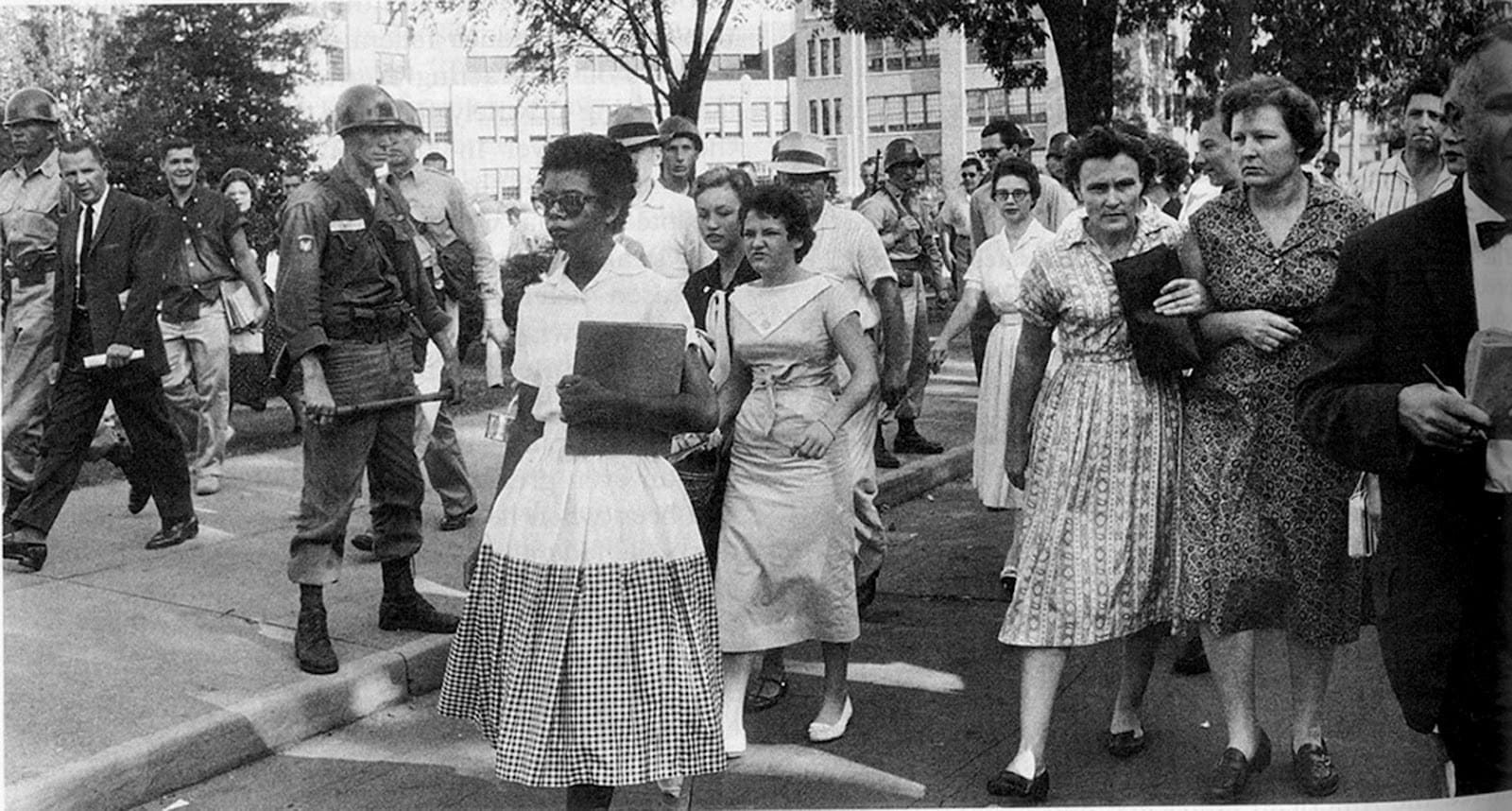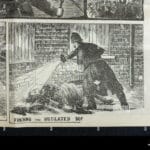Beyond the Screaming Face: The Complex Story of Hazel Bryan Massery
The photograph of a teenage Hazel Bryan Massery, face contorted in rage as she directs her fury at Elizabeth Eckford, one of the Little Rock Nine, remains seared into our collective memory. It’s a chilling snapshot of the raw racial hatred that pervaded the American South during the fight for desegregation. But reducing Hazel’s story to this single image would be a disservice to the complexities of history and the potential for human transformation.
[https://www.lolaapp.com/hazel-bryan]
Born in 1942, Hazel was raised in the era of Jim Crow, where segregation was not just the law, but a way of life. Her worldview was shaped by the pervasive racism of the time. Yet, the widespread publication of the photograph, and the harsh judgment that followed, is suggested to have sparked a period of introspection for Hazel.
Years later, in 1963, Hazel, now married and known as Hazel Massery, took an extraordinary step: she reached out to Elizabeth Eckford to apologize. This act marked the beginning of a complicated and fragile relationship, fraught with the weight of history and the deep scars of racism.
A Fragile Reconciliation: Could Forgiveness Bridge the Divide?
Hazel’s apology to Elizabeth in 1963 may have been a first step, but it was far from a magic solution. Imagine for a moment the immense courage it likely took for Elizabeth to even consider forgiveness. Years of hurt and the struggle against systemic racism couldn’t be erased by a single apology, however sincere it may have been.
Their story took another turn in 1997 when they met again, this time captured in a photograph that seemed to symbolize reconciliation. The image of Hazel and Elizabeth together, years after that fateful day in Little Rock, offered a glimmer of hope, but the reality was far more complicated.
[https://www.lolaapp.com/hazel-massery]
Some have suggested that the pressure to maintain this image of harmony, particularly in the unforgiving glare of the media spotlight, may have ultimately contributed to the fracturing of their relationship.
The Collapse of a Fragile Peace: Why Did Their Friendship End?
The reconciliation between Hazel and Elizabeth, while powerful, proved to be short-lived. While the exact reasons for the dissolution of their relationship remain private, there are hints of the underlying tensions.
Some experts believe that Elizabeth struggled with the idea of offering full absolution for actions rooted in such deep societal prejudice. It’s also possible that the constant media attention placed an unbearable strain on their fragile bond.
[https://www.lolaapp.com/hazel-massery]
The complexities of their story serve as a reminder that forgiveness, especially in the face of systemic injustice, is rarely simple or straightforward. It’s an ongoing process, one that requires a deep understanding of the past and a shared commitment to a more just future.
Examining the Other Faces in the Crowd: Who Else Was There?
The photograph of Hazel and Elizabeth is often remembered for the stark contrast between the two central figures: Elizabeth’s stoic strength in the face of hatred, and Hazel’s rage. But it’s important to remember that they were surrounded by a mob, a collective embodiment of the racist ideology that fueled segregation.
While Hazel became the unwitting “face” of this particular moment, her story prompts us to consider the motivations and experiences of the others present that day. Who were they? What led them to participate in this display of prejudice?
It’s crucial to acknowledge that Hazel, while a visible participant, was part of a much larger system of oppression. Her actions, however abhorrent, were not hers alone, but a reflection of the racist beliefs woven into the fabric of American society at the time.
The Enduring Power of Images and the Long Road to Reconciliation
The photograph of Hazel Bryan Massery and Elizabeth Eckford continues to spark important conversations about race, forgiveness, and the legacy of segregation in America. It serves as a powerful reminder that history is not merely a collection of static images, but a living narrative shaped by individual choices and the broader forces of society.
Hazel’s story, in all its complexity, compels us to confront the uncomfortable truths of our past, to acknowledge the deep wounds inflicted by racism and the enduring need for empathy and understanding.
Key Points:
- Hazel Massery’s infamous photograph confronting Elizabeth Eckford during the Little Rock Central High School integration crisis in 1957 serves as a stark reminder of the era’s racial tensions.
- Though raised in a segregated South, events following the photo’s publication suggest a shift in her perspective, possibly leading to her 1963 apology to Eckford.
- While the apology marked a step towards personal growth, it also underscores the enduring impact of racism, highlighting the complexities of forgiveness and reconciliation.
- The media’s role in framing their interactions, along with the pressure of public scrutiny, likely played a part in the dynamic of their relationship.
- Though their friendship eventually dissolved, their story remains a crucial touchstone in discussions about race relations, forgiveness, and the ongoing pursuit of a just society.
Further Exploration:
- Explore the life of Henry Tandey, a World War I soldier whose story offers a different lens on conflict and forgiveness.
- Delve into the world of Hercules Mulligan, a figure from the American Revolution who, like Hazel, navigated a complex historical landscape. Learn about their experiences and the choices they made.
- Consider the parallel journeys of other individuals who, like Hazel Bryan, grappled with the consequences of their actions and sought to make amends for past wrongs.
This revised article aims to provide a more comprehensive and insightful look at the life and legacy of Hazel Bryan Massery. It attempts to present a balanced perspective, acknowledging the complexities of her story while highlighting the broader historical context and the enduring impact of the events at Little Rock Central High School.
- Unlocking 2-Letter Words with U: The Definitive Guide - April 4, 2025
- Unlock Words with the Letters THREE: Top Unscramble Tools 2025 - April 4, 2025
- Master Scrabble: X & Z Words for High Scores - April 4, 2025
















